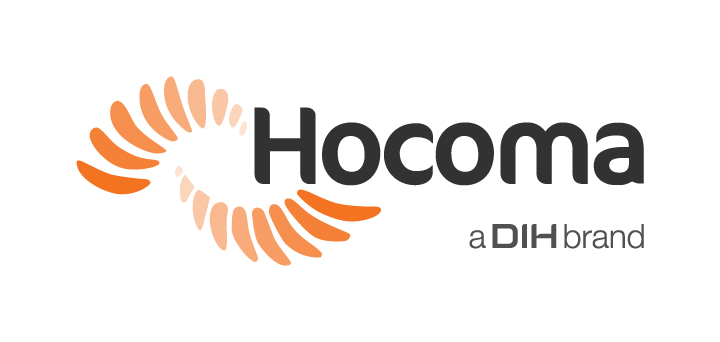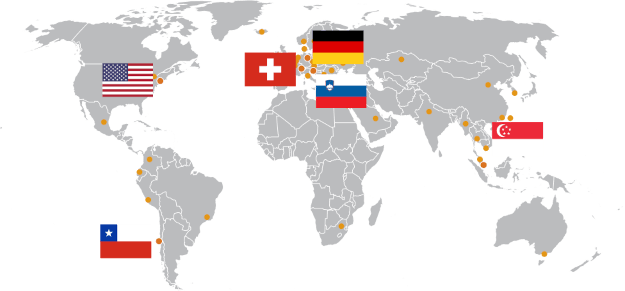February 10, 2021
C-Mill VR+ : High-performance rehabilitation equipment for the realization of “Smart Rehabilitation”

Motoki Koiwa, Vice Senior Manager, Rehabilitation Division
Ryosuke Takahashi, Chief Rehabilitation Dept., Rehabilitation Section
Tokachi Rehabilitation Center, Hokuto Social Medical Corporation Head Quarter
November 2019, we kicked off the “Smart Rehabilitation” project, which is advocated and promoted by the Department of Rehabilitation Medicine at Keio University School of Medicine (former professor, Meigen Riu). In this project, we are promoting further smoothing of the rehabilitation program and seamless treatment that meets precisely with each individual’s symptom, by providing a combination of high-performance rehabilitation equipment with virtual reality and robotics, and conventional rehabilitation.
In this article, we would like to introduce the high-performance rehabilitation equipment installed in our hospital.
Introduction
C-Mill VR+ (hereinafter C-Mill) is a treadmill device for balance and walking training, and we are the second facility (first in Hokkaido) introducing this product in Japan. The main feature is various illustrations that are projected on the front display and the treadmill. So one can enjoy training balance and walk by playing a game that is displayed on the front display. In addition, by practicing “safe”, “fun”, and “repeating” movements of stepping and straddling the cues at one’s feet, users can acquire, for example, walking that one does not lose balance even when the road surface changes. Since various combinations of these balancing and walking tasks can be set on C-Mill, setting tasks meeting with each patient’s ability could be achieved.

Figure 1 and 2: walking training on C-Mill.
In addition, because C-Mill not only offers training but it also performs various evaluations, including static/dynamic balance and walking assessment, it is a useful device for seamlessly carrying out a series of evaluation, selection of exercise tasks, and confirmation for the effect of training. In our hospital, C-Mill is used for patients with a wide range of symptoms such as locomotor disorders, cerebrovascular diseases, and disuse syndromes. The immediate effect is especially observed on patients with cerebrovascular disease for improvement of balance function and walking posture.
Case Study
Ms. A (female in her 80s) had a stroke twice and at her second stroke, she had bilateral motor paralysis. When walking, she had a high risk of falling due to freezing of gait (a state in which the soles of the feet were stuck on the floor and difficult to walk). Therefore, walking training was performed on C-Mill with an environment where cues (white squares) were projected at Mr. A’s feet and symmetry stand application was used for 4 days to improve weight shifting and balance. An improvement in stride length was immediately observed (Fig. 3). The therapy sessions on the C-Mill lasted 10 days during about 4 weeks (Beginning of May 2020- Beginning of June 2020). After repeating training on C-Mill 2-3 times a week, she was able to actively practice walking in a ward a month later, as the risk of falling had declined.
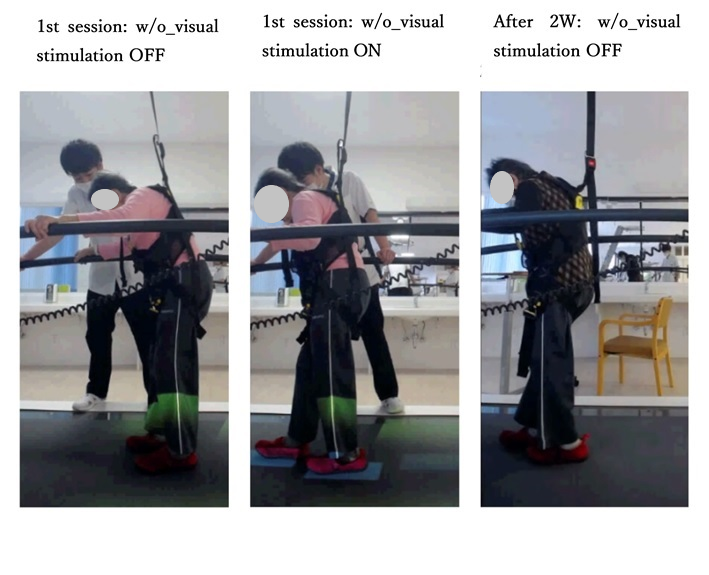
Figure 3 : Training progression on C-Mill
(1) She was almost falling forward due to the freezing of gait.
(2) When cues (white squares) were projected at the feet as a visual stimulus, she could lift her foot forward according to the cues. However, in the first session, it returned to its original state unless visual stimulation was given.
(3) After training on C-Mill for 2 weeks, she could lift her foot forward even without these cues, and the risk of falling declined
Initial Evaluation
Initial evaluation: Front view Walking in the C-Mill
Initial evaluation – Side view Walking in the C-Mill

Figure 4: Initial Evaluation: Spatial Temporal in the application Walking in the C-Mill

Figure 5: Initial Evaluation: Spatial Temporal in the application Stepping Stones in the C-Mill

Figure 6:Initial Evaluation: Butterfly in the application Walking in the C-Mill
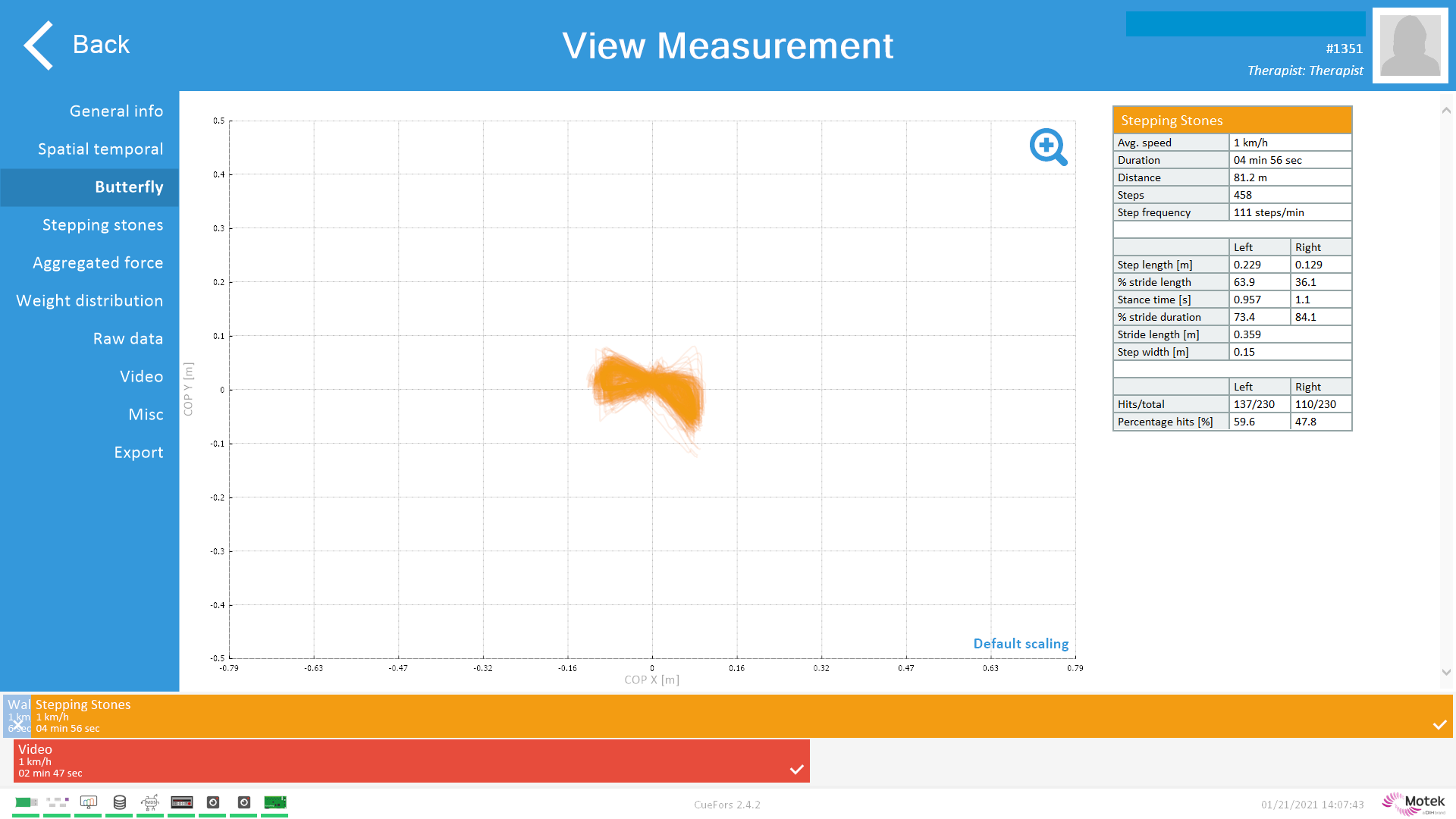
Figure 7: Initial Evaluation: Butterfly in the application Stepping Stones in the C-Mill
Results
- 10m walk(with assist rollator)
- pre: 65s / 169steps post: 25.9s / 55steps
- BBS(Berg Balance Scale)
- Pre: 31 points post: 40 points
- Lower Limb muscle strength(ergometer 30r/min)
- Pre: 7.3Nm(L), 7.7Nm(R) post: 14.3Nm(L), 15.0Nm(R)

Figure 8: Evaluation 2 weeks later: Spatial Temporal in the application Walking in the C-Mill
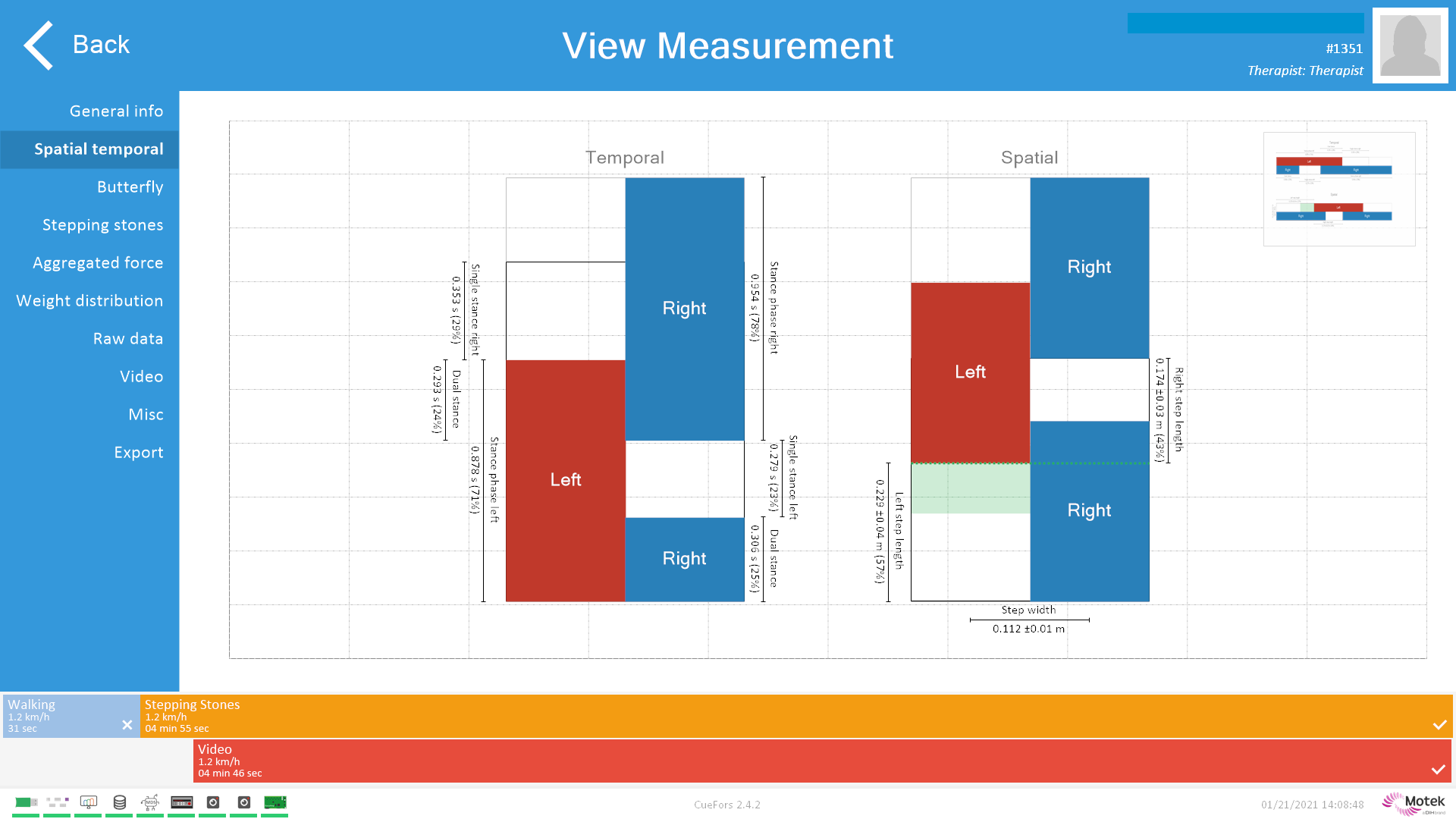
Figure 9: Evaluation 2 weeks later: Spatial Temporal in the application Stepping Stones in the C-Mill
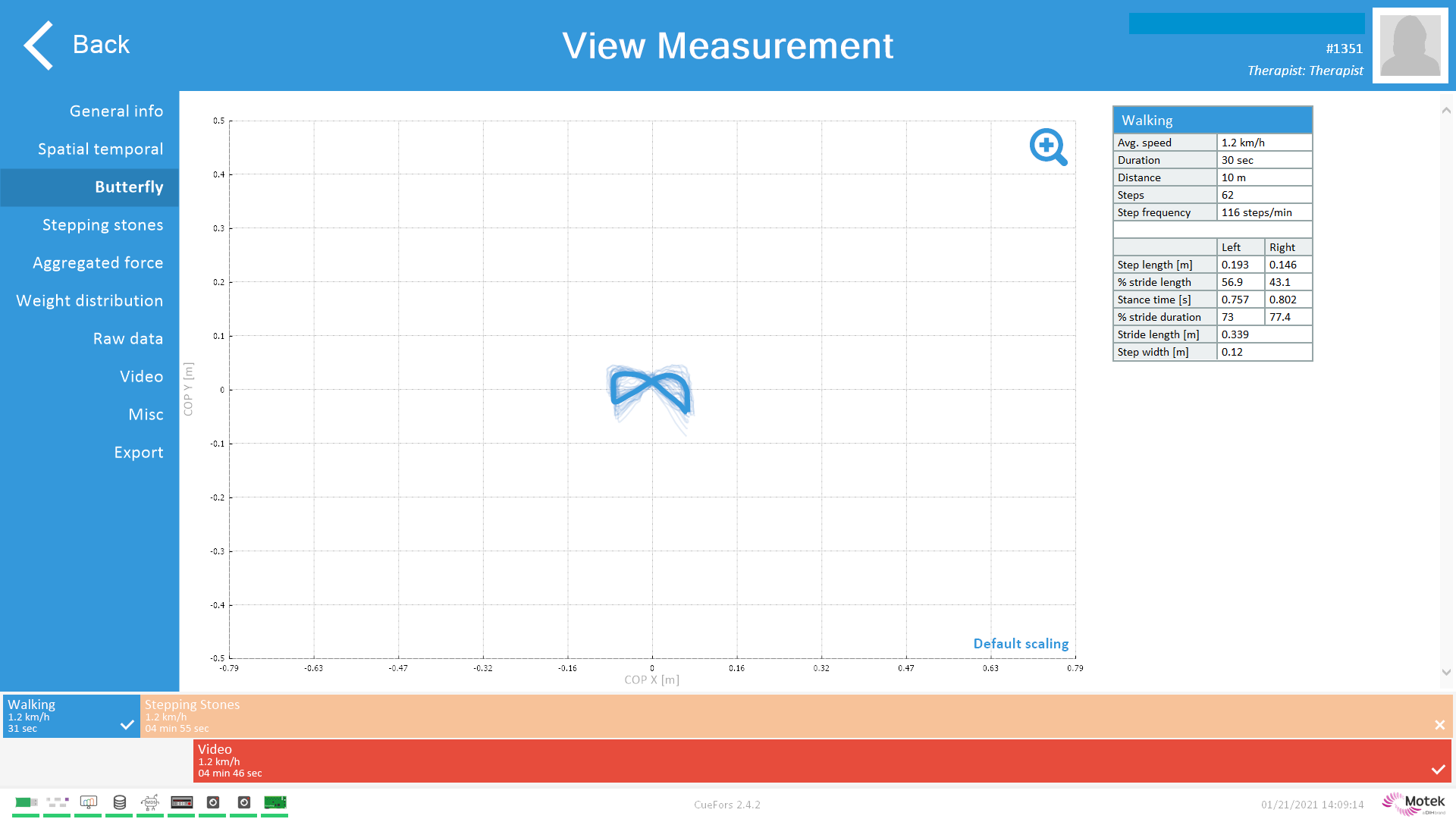
Figure 10: Evaluation 2 weeks later: Butterfly in the application Walking in the C-Mill

Figure 11: Evaluation 2 weeks later: Butterfly in the application Stepping Stones in the C-Mill
Conclusion
To conclude we can say that Ms. A walking improved due to C-Mill training.
About us
In 1993, we opened Hokuto hospital, which initially focused on neurosurgery. Since then, we have seamlessly provided medical care and nursing care, from acute phase to home medical care, within the region of eastern Hokkaido and Tokachi area.
Under the mission of “Striving towards innovation in health care and creation of organizational value”, we have actively dealt with highly advanced medical treatment and we have introduced a variety of new technologies, including digital PET-CT, transcranial MR-guided focused ultrasound surgery, and genetic diagnosis. In addition, magnetoencephalographic system was introduced in 2004, and we have invited experts for magnetoencephalography from overseas for inexhaustible operation.
Furthermore, we uphold the theme of “precision medicine”, a new trend in the medical world, to provide an appropriate medication that effectively fits with each patient. To achieve the theme, we highly focus on applying functional brain imaging equipped with genetic diagnosis and magnetoencephalography.
For more info., visit https://www.hokuto7.or.jp/

Mr.Kamada, Chairperson of the Board of Directors
This clinical experience report is meant to serve as an example of how the C-Mill VR+ is integrated into one particular rehabilitation center. It is not necessarily a standard recommendation from Hocoma.
